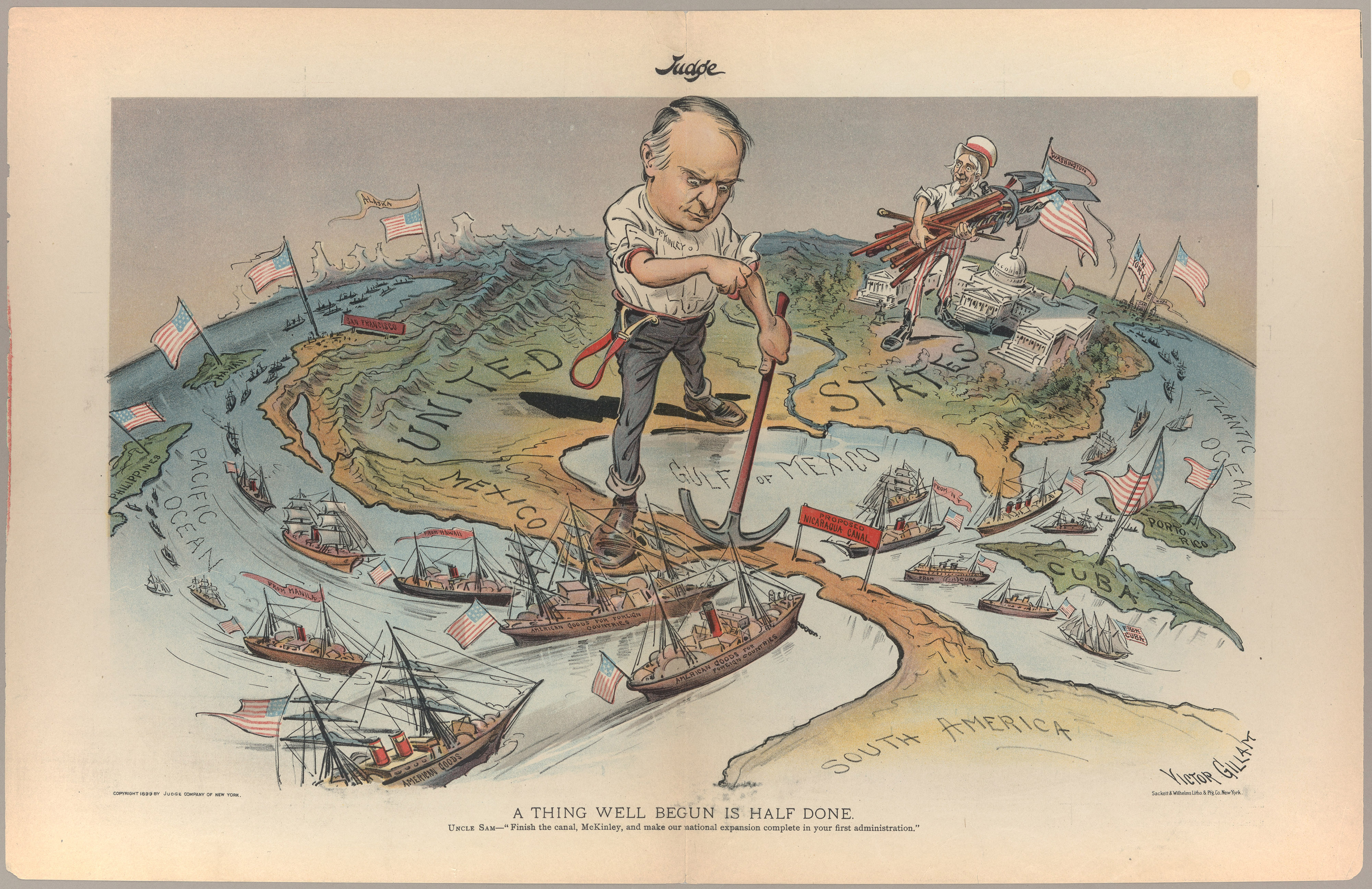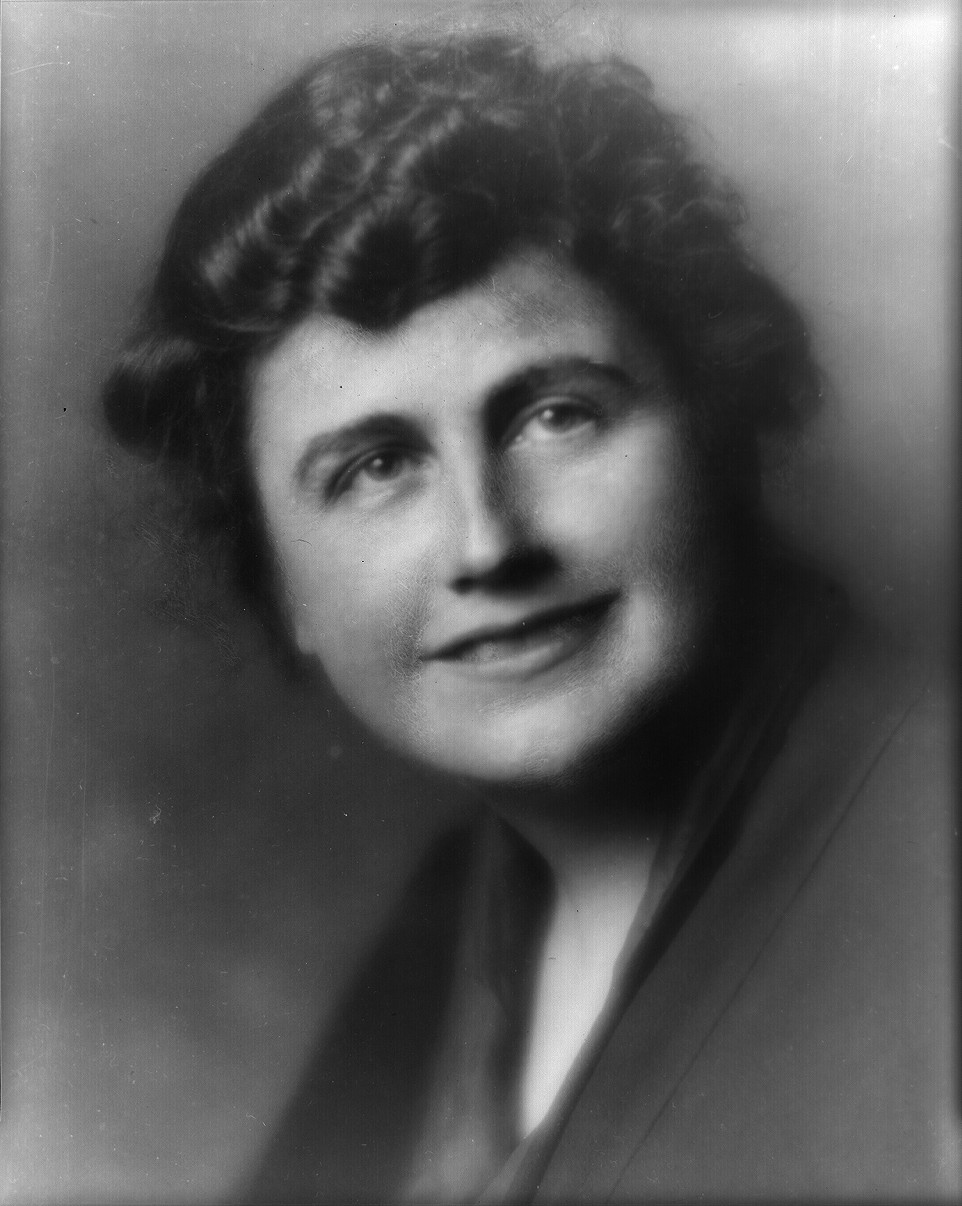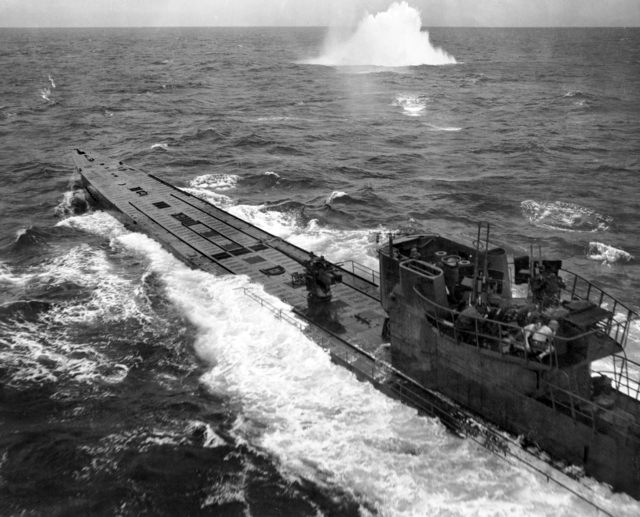 |
| Battery A in Spanish-American War |
AP U.S. History Period 7: 1890-1945
Key Concept 7.3 — Participation in a series of global conflicts propelled the United States into a position of international power while renewing domestic debates over the nation’s proper role in the world.
Filipino casualties during the Spanish-American War in 1899

Topics on the Page
Spanish American War
World War I
- Woodrow Wilson and Edith Bolling Galt Wilson
World War II
Development of the Atomic Bomb
The United Nations
 Link to America's Role in World Affairs from the Civil War to World War I
Link to America's Role in World Affairs from the Civil War to World War I
Many Americans disapproved of US involvement in foreign wars. They presented and represented the ideology of isolationism.
Isolationism was the reciprocal to internationalism and represents the policy of remaining apart from the affairs or interests of other groups, especially the political affairs of other countries. It is important and interesting to consider why throughout history Americans have been both isolationist and internationalist.
The Spanish American War
The Monroe Doctrine of 1823 was James Monroe's speech toward U.S. policy toward the Western Hemisphere.
- The doctrine warns European nations that the United States would not tolerate further colonization or puppet monarchs.
- The doctrine was conceived to meet major concerns of the moment, but it soon became a watchword of U.S. policy in the Western Hemisphere.
See also The Monroe Doctrine and the Roosevelt Corollary

Spanish-American War and acquisition of the Philippines 1898
- The United States emerged as a world power at the turn of the 20th century.
- The struggle between the Spanish and Americans for the rights to Cuba and the revolting Pacific islands marked the first strategic commitment to the far East from the United States. It was also the first time that the United states sought land that was not for statehood and committed itself to policing the Caribbean and Central America.
- In 1898 and 1899, the United States annexed Hawaii and acquired the Philippines, Puerto Rico, parts of the Samoan islands, and other Pacific islands. Expansion raised the fateful question of whether the newly annexed peoples would receive the rights of American citizens.
 Why Did the United States Invade Cuba?
Why Did the United States Invade Cuba?
- Resources on the Spanish-American War from George Mason University
The U.S.S. Maine
- The loss of the battleship Maine in Havana harbor on February 15, 1898 was a critical event on the road to the war. Tensions between Spain and the United States continued as did Cuba's constant pressure toward liberation.
- The battleship appeared to have sunk do to an internal explosion on the ship. After several weeks of investigating with the little technology that was available, it was concluded that an underwater mine caused the explosion.
- Despite heroic efforts from the Spanish to save stranded crew members, the American public blamed Spain for the disaster, motivating Mckinley to mobilize troops and prepare for war.
The extension of the Treaty of Nanjing and China's Open Door Policy
- The Treaty of Wangxia (Wang-hsia) was the first formal treaty signed between the United States and China in 1844.
In 1899, John Hay wrote a letter to the other foreign trade powers insisting that all countries will receive equal trade rights within China.
- Foreign governments other than Great Britain were unwilling to support Hay’s “Open Door” policy.
- A peasant revolt against the heavy-handed foreigners, known as the Boxer Rebellion, swept China’s coast in 1900, prompting each country to consider expanding its sphere.
- In July of that year, Hay sent another circular, emphasizing the importance of respecting China’s territorial integrity and restating the need for open trade, a policy that guided Sino-American diplomatic relations for the next fifty years.
- The United States' involvement in China marked one of the first attempts by country to establish trade relations in the Western hemisphere and "opened the door" to America's future as an imperial powerhouse.
World War I (1914-1918)
Allied troops during WWI. (http://www.flickr.com/photos/whatsthatpicture/)

Link to background on American participation in world affairs from the Civil War to World War I
Link here for more on World War I and its lasting effects
- The war took a heavy toll on European economies and opened up a new path for the United States to become the leading creditor and the world's greatest industrial power.
- In general, Americans felt closer ethnic ties to Britain and France than to Germany and Austria. It became apparent in 1917 that British and French soldiers were reaching the point of exhaustion, and resulting American sentiments drew them closer toward joining the war.
- In 1915, the Lusitania was the first large ship sunk by German submarines that resulted in a loss of 115 American lives. Woodrow Wilson demanded that German submarines give way to American ships and not to sink any ships without fair warning. After this request was violated, Wilson was driven to enter the war on the side of the British.
- The American home-front became a rallying point for the war. Women and African Americans took new roles in industrial and agricultural jobs that provided foods, weapons, and clothing for the war.
English soldiers in trenches with tank in background

Resources for Teaching about World War I from the Federal Resources for Educational Excellence project.
- Materials include a lesson plan on the Zimmerman Telegram, interviews with historians, historical photographs, and material on Woodrow Wilson.
Woodrow Wilson War Message to Congress, April 2, 1917
Voices of the Men at War features podcasts of British soldiers recounting their experiences.
Americans at War: World War I from the Smithsonian features resources for learning about America's role in the war.
 World War I Poetry Analysis and Creation features a student writing activity using the famous poem "In Flanders Fields."
World War I Poetry Analysis and Creation features a student writing activity using the famous poem "In Flanders Fields."
See also, A Fire Waiting to be Lit: The Origins of World War I from the Constitutional Rights Foundation.
America's Stance on Democracy vs. Actual Democracy in the USA
A major effect of the USA taking the world stage to promote freedom and democracy was taken as hypocritical to many citizens. Namely, US citizens of color and women who had been systemically and socially oppressed. World War 1 can be cited as a major catalyst for internal resistance to racism in the USA.
Woodrow Wilson, World War I and the League of Nations
Ellen Axson Wilson, First Lady (1913)

Material on Wilson's postwar diplomacy including the Fourteen Points, the League of Nations and the Versailles Treaty
For background on Woodrow Wilson and the War, see resources from the PBS film, Woodrow Wilson. This site also includes material on Ellen Axson Wilson, the first lady who advocated for child labor laws, help for the mentally ill, and better working conditions for women. She died in 1914.
Edith Bolling Galt Wilson, First Lady 1915-1921

Click here for material on Edith Bolling Galt Wilson, Woodrow Wilson's second wife who assumed many duties during the President's second term after he suffered a stroke in 1920.
The Second War World
Link here for background on the causes of World War II, including German, Italian and Japanese drives for empire
 |
| German submarine under attack, South Atlantic Ocean, November 1943 |
Remembering Pearl Harbor from National Geographic Education.
- World War II: Teacher's Notes from the National Archives provides primary source materials on the different theaters of the war as a way to organize inquiry-based investigations by students.
The Atlantic Photo: World War II features historic photographs from the war and the homefront
Washington Naval Conference, 1921-1922 and the subsequent Five Powers Treaty was a crucial development setting the stage for war between the United States and Japan.
- Other interwar developments are detailed at this website from the Office of the Historian, United States Department of State.
Japanese surrender, Tokyo Bay, September 2, 1945

Yamoto's Final Voyage has archival photographs of the sinking of the Japanese battleship near the end of the war in April, 1945.
 For learning plans, see the website for Ken Burns' film The War.
For learning plans, see the website for Ken Burns' film The War.
Kamikaze Diaries: Reflections of Japanese Student Soldiers from the University of Chicago Press (2006).
Women in World War II
Woman aircraft worker, Vega Aircraft Corporation, 1941

Go here for information about WASPs (Women Airforce Service Pilots) and WAFS (Women's Auxiliary Ferrying Squadron
- The Original Fly Girls from NPR that describes American women pilots who flew all types of aircraft including bombers as part of the war effort.
Double Victory
Double Victory: A Multicultural History of World War II by Ronald Takaki presents a view of the war against dictatorships abroad and racial and gender discrimination at home.

Development and Use of the Atomic Bomb
Photo shows the Destruction of Hiroshima Prefectural Industrial Promotion Hall, now known as "Genbaku Dome"(Atomic Bomb Dome)
Formation of The United Nations
In 1945 in San Francisco, California the Senate approved the UN charter by a vote of 89 to 2. In October, 1945, after 29 nations had ratified the charter, the UN officially came into existence.
Click here to read and watch and learn about the formation of the UN.
Comments (0)
You don't have permission to comment on this page.